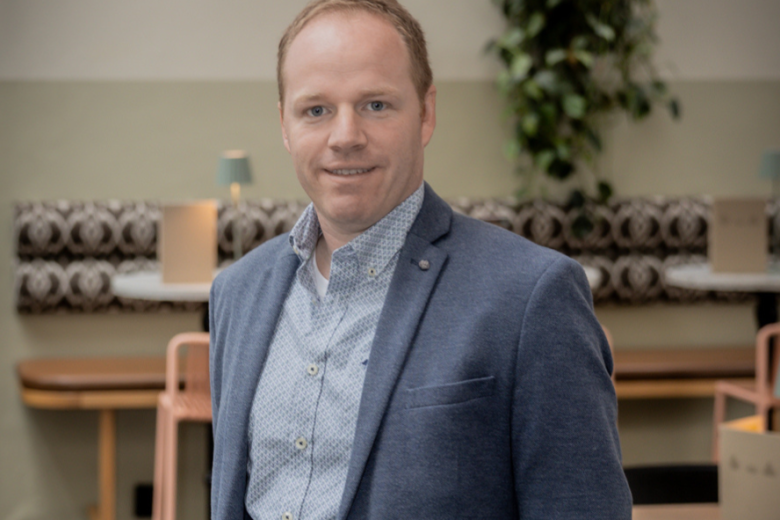Fewer laboratory animals needed for research on heart failure
Research into the development of heart failure cannot yet be done without animal testing. But thanks to improved techniques, half as many animals are now needed to study the metabolism of heart cells in the development of heart failure. For her work to reduce the number of laboratory animals, Agnieszka Brouns-Strzelecka, a technician at the Department of Genetics and Cell Biology, received the ‘Alternatives to Animal Testing’ award. The prize was awarded by the Minister of Agriculture, Nature and Food Quality.
Heart cells
In people with heart failure, the heart's pumping function does not work optimally, so less blood reaches the organs, muscles, and tissues. This causes various symptoms, such as fatigue or shortness of breath. The department of Genetics and Cell Biology investigates what changes take place in the metabolism of heart cells during the development of heart failure, to find leads for treatment.
Because it is not feasible to obtain heart cells from healthy humans for systematic scientific research, researchers study metabolism in the heart cells of laboratory animals. For this study, rat heart cells are used. Using a special technique, millions of cells are extracted from the heart, allowing multiple studies to take place with one heart.
Halving
In recent years, Brouns-Strzelecka has been working to improve the technique for isolating heart cells. "Previously, we could extract 2.5 to 3 million cells from one heart. Now we can use an average of 5.5 million cells per heart for research, requiring half as many laboratory animals." To further reduce that number, Brouns-Strzelecka continues to work on optimizing the technique. "That 5.5 million cells per heart is an average, but there are sometimes outliers of 12 million. We want to make that the standard."
Stem cells
The researchers aim to conduct heart failure research without animal testing. Human stem cells play an important role in this, says Miranda Nabben, Associate Professor in the Departments of Genetics and Cell Biology and Clinical Genetics. "Through cells that are relatively easy to take from people, for example from the skin or blood, stem cells can be made. From those stem cells we can then develop heart cells. Currently, those cells do not sufficiently resemble heart cells from healthy people, but developments in this field are promising for the future."
Prize
For optimizing the technique to isolate heart cells from a rat heart, Brouns-Strzelecka received the Prize for Alternatives to Animal Testing, awarded by the Minister of Agriculture, Nature and Food Quality. She was awarded the prize at the Biotechnical Days, a congress organized by the Dutch Association for Laboratory Animal Science (DALAS) on the various facets of working with laboratory animals.
Also read
-
Is prevention cheaper than cure?
Preventing disease is not always cheaper than treating it — but it can be vital for keeping healthcare affordable and accessible. Professor Mickaël Hiligsmann (VHC), newly appointed Professor of Health Preferences and Economics of Prevention at CAPHRI, studies how preventive measures can deliver...

-
Sophie Jooren - Compliance to local tobacco policies
Whether a specific intervention to create a smoke-free outdoor environment is effective or not has been widely studied. However, to improve compliance, policymakers need to understand how smokers react to those interventions and the factors influencing their compliance.

-
Sweeteners help maintain weight loss after dieting
Overweight people who want to lose weight successfully are better off supplementing their healthy diet with sweeteners than with foods containing sugar products. An international study, in which Maastricht University (UM) participated, shows that people who supplement their diet with sweeteners are...
